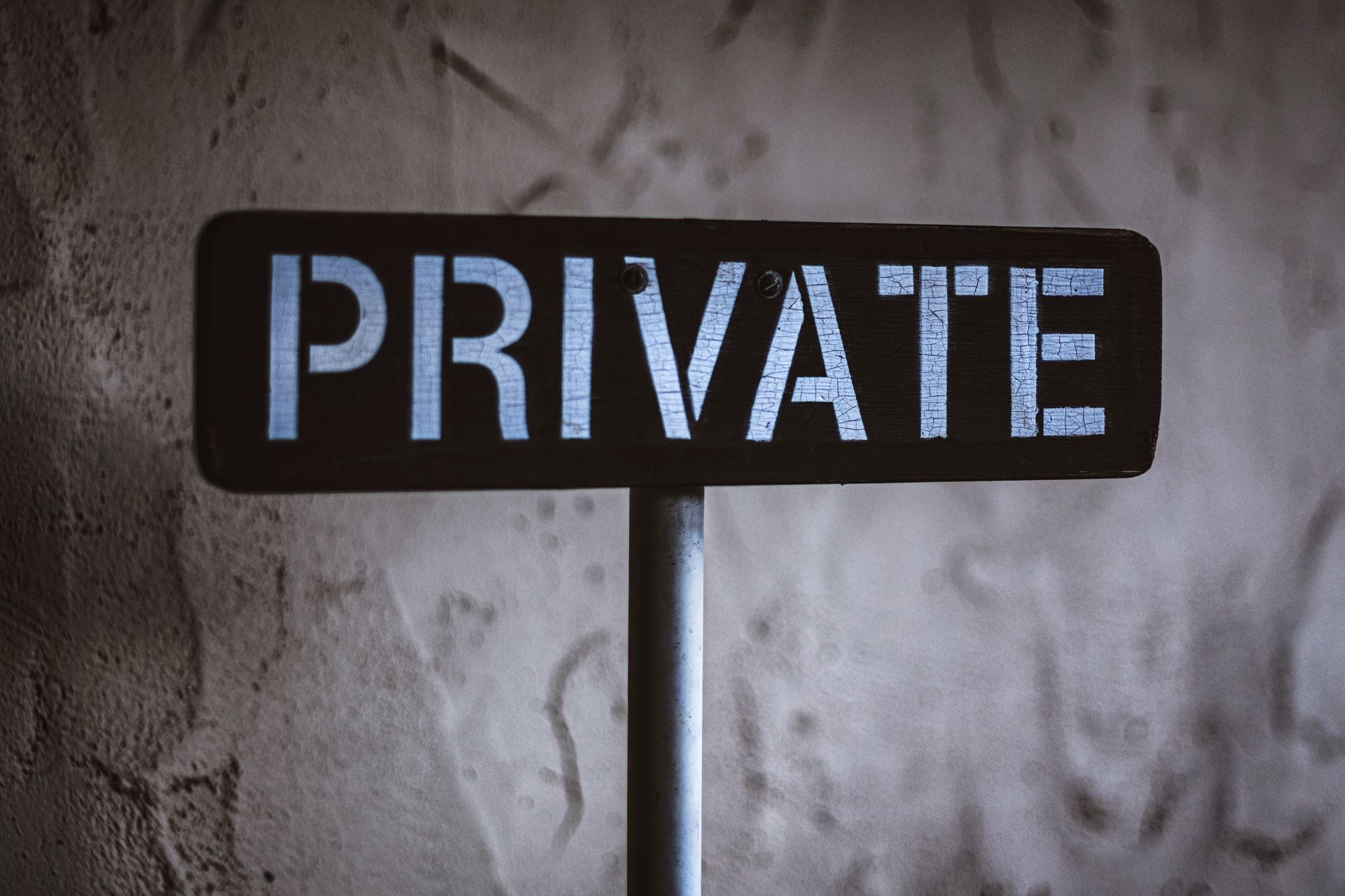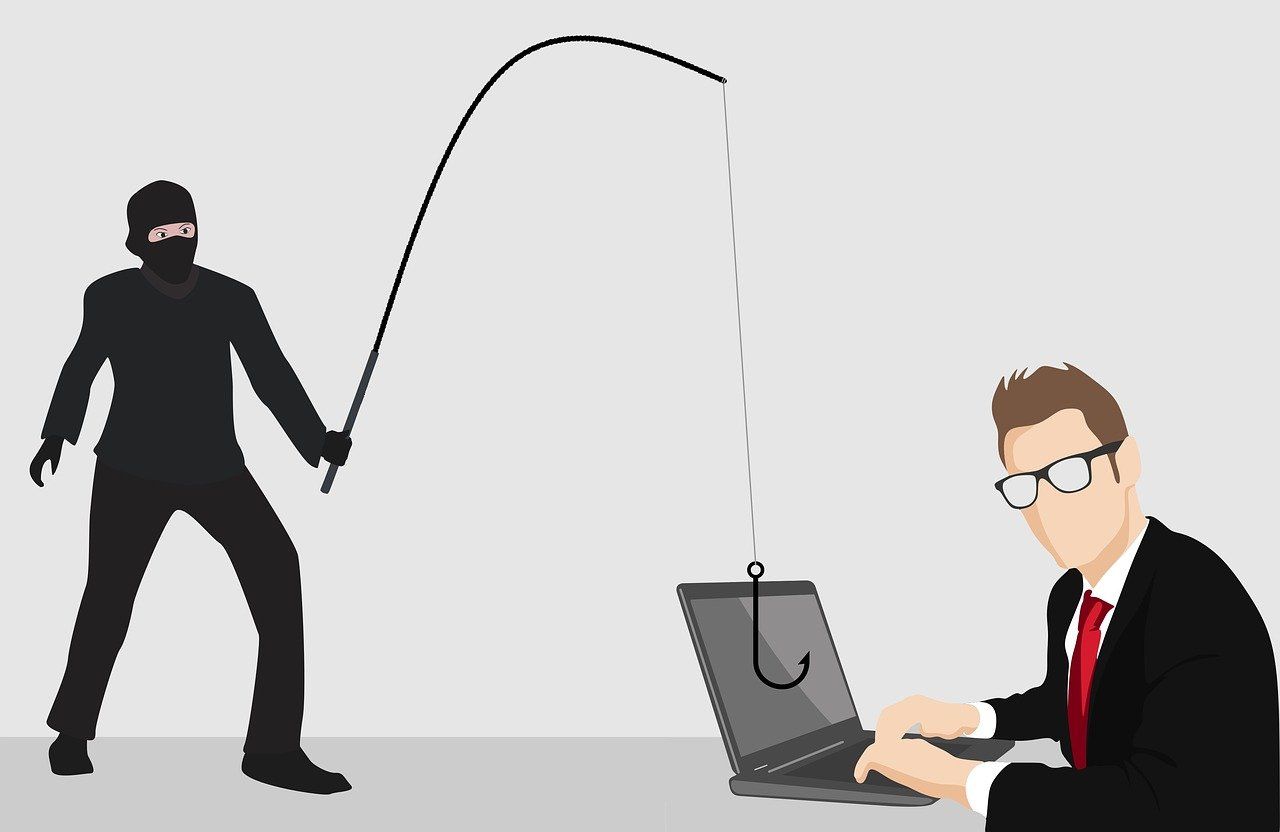Whenever you browse the internet, you reveal information about yourself. This includes information that you share both voluntarily and accidentally. This is known as your digital footprint.
Some people want a digital footprint. For example, they might want to build a social media following or personal brand. But for many, it's seen as a negative. The more information there is about you online, the easier it becomes for people to research, track, and commit cybercimes against you.
So how exactly is a digital footprint developed and how can you reduce it?
What Is a Digital Footprint?
The information that makes up a digital footprint can be divided into two categories, namely your active footprint and your passive footprint.
Your active footprint is the information that you choose to share. It includes your social media posts and any information that you add to personal profiles.
Your passive footprint is the information that your computer reveals about you; for example, your IP address and your cookies.
Passive footprints are primarily used for marketing purposes. If you don't mind targeted advertising, they aren't necessarily problematic.
An active footprint, however, can be harmful to anyone. Careless social media posts can damage your reputation and the easier you are to research, the easier it is to perform phishing attacks against you.
How to Get Rid of Your Digital Footprint
Removing your online footprint entirely isn't always practical. Companies want to track users and the process for stopping them is often designed to be time consuming.
There are, however, a number of easy steps that you can take to significantly reduce the amount of information that you reveal about yourself.
1. Delete Unnecessary Accounts
Some websites won't remove personal information unless you write them an email. Other websites, however, such as forums and social media platforms, allow you to change your information in seconds and/or delete your account completely.
This allows most people to greatly reduce their existing digital footprint in under an hour.
2. Don't Provide Your Personal Email Address
Most online services demand an email address before you can use them. But they very rarely dictate which email address you need to use. Try to avoid handing out your primary email whenever possible.
You can set up anonymous secondary email accounts very easily. Or provided you don't plan on using a service repeatedly, you can sign up using a disposable email provider.
These services allow you to create temporary email addresses without providing any personal information. They are designed to be used once and are then deleted automatically.
3. Use Fake Information (if Legal)
Websites are asking for more personal information than ever before. But very few have any way of verifying the information that you provide. This means that most services can be used without revealing anything about yourself.
This obviously doesn't apply if you are paying for something. Payments usually won't go through without your real name and address. But if a service is free, there's very little reason to pay for it with your personal details.
4. Check Your Privacy Settings
If you provide personal information on social media, many platforms will share that information by default. If you're concerned about your digital footprint, this is obviously the opposite of what you want.
Most platforms will allow you to hide your information and/or only share it with specific people. It's therefore a good idea to go through each of your social media accounts and only opt to share what you are comfortable with.
5. Don't Login With Facebook
Many websites allow you to log in using your Google or Facebook account. This isn't always for your convenience.
The average Facebook account contains a wealth of personal information, and when you log in to a site using your account, that information goes directly to the website owner or is otherwise shared with third parties.
If you value your privacy, all of these buttons should therefore be avoided.
6. Think Before You Post
Using a fake name on social media isn't necessarily practical. An alternative is to be careful what you talk about.
If a post includes personal information, it can be used for phishing attempts and scams. And many employers now check social media activity when deciding who to hire.
7. Protect Against Data Dumps
Any website can be hacked. And this means that whenever you share your password, it's possible for that password to be published online (although the likelihood decreases if the service uses proper encryption). The same is true about your payment details.
Aim to use a different password on every account that you create. You should also only provide payment information when strictly necessary. Have I Been Pwned allows to you to check if your details are already public.
8. Use Incognito Windows
Most popular browsers offer private windows that allow you to visit websites anonymously. This is important because even if you don't use your real name, a website can still track you by checking what cookies are stored on your computer.
When you browse using an incognito window, your existing cookies are hidden and no new cookies are created.
9. Use a Privacy Extension
If you don't want to use a private browsing window, you can also prevent tracking by using a browser extension.
Privacy extensions are available for all popular browsers and they offer a number of ways to reduce your footprint. For example, some prevent trackers from running and others block websites that are known for recording too much information about their visitors.
10. Use a VPN
Whenever you visit a website, your IP address is recorded. This can be used to determine your approximate location and to recognize you when you make repeated visits.
The easiest way to hide your IP address is to use a VPN. A VPN also encrypts all of your web traffic and this protects you against packet sniffing attacks if you ever use public Wi-Fi.
Reducing Your Online Footprint Isn't Difficult
You don't need to read about data privacy laws or use pseudonyms on every single website. Instead, you simply need to understand how footprints are created and limit the information that you provide wherever it is easy to do so.
In exchange, it becomes a lot harder for anyone to use that information against you.




